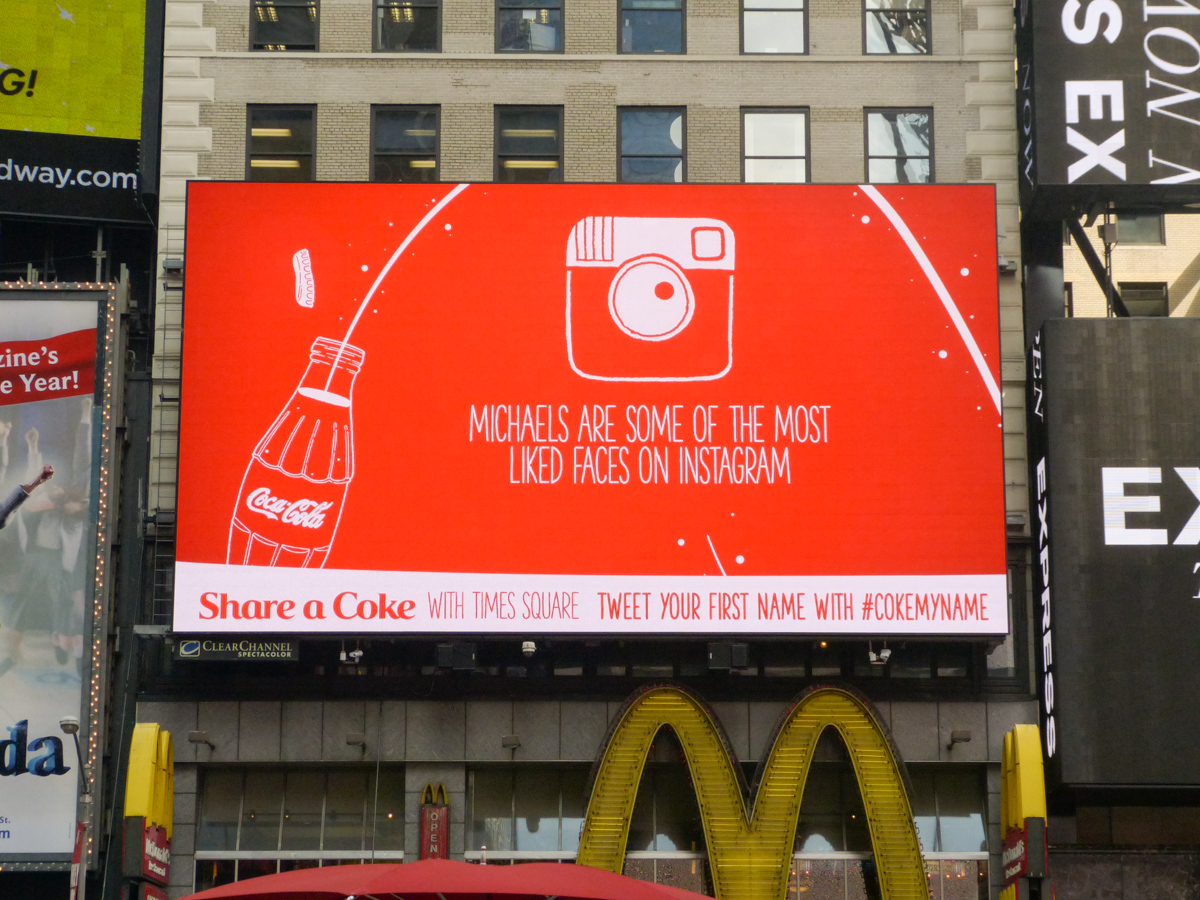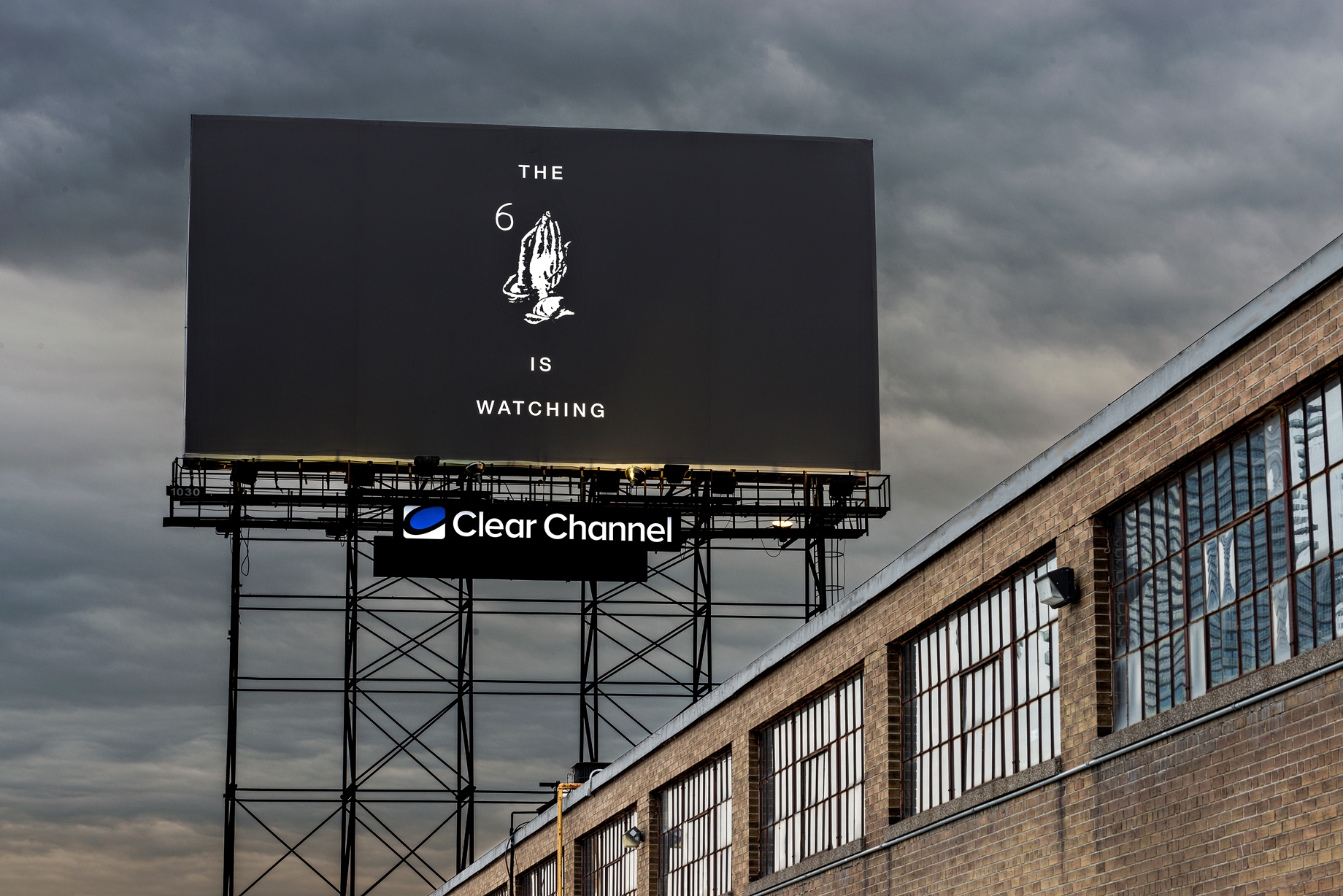New Tech and Digital Brands Find New Relevance in Out of Home

The dizzying pace of tech innovation, from apps to every sort of handheld device is helping consumers discover new ways to interact with the world around them with a speed that is proving equally dizzying for marketers. Sharing, commenting, live-streaming -- consumers are creating multiple decision points on the path to purchase as they travel the real world adding new degrees of complication for brands hoping to connect and engage. Added to this, the storefront, retail displays, cash register, comparison shopping tools and product reviews are all carried around in consumers' pockets. There's a growing digital and physical fluidity that's permanently reshaping how we discover, prefer, purchase and interact with brands. Thus, the traditional, and once straightforward marketing funnel now resembles something more akin to a complex spider web of moments along which marketers must influence, connect and impact consumer consideration in a continuous way until the point of purchase.
In this fractured media landscape, it's no surprise marketers are struggling to drive meaningful consumer interactions and brand connections. Interestingly, some of the world's leading tech, mobile and digital brands are coalescing around a solution that gives them the scale and reach they need to connect with consumers, drive engagement and ultimately amplify the collective power of these increasingly fluid consumer touch-points: Out-of-Home (OOH) media.
Brands like Apple, Facebook, Spotify, Snapchat, Google, Lyft, Uber and others are borrowing a page from iconic consumer brands (think Coca-Cola, McDonald's and major automobile manufacturers that have historically used OOH to build their brands and drive consumer awareness and sales). In fact, Kantar data revealed that of the top 100 OOH advertisers in 2016, 68 had increases in OOH spend equal or greater to the industry increase of 3.1 percent. Almost one-quarter were from the tech sector and included Apple, Sprint, Comcast, Amazon, Facebook, Google, Lyft and Netflix, among others.
What Do Leading Brands Know About Marketing via OOH that Others Don't?
As today's consumers spend more time outside the home, their smartphones have become the connective tissue through their complete consumer experience and OOH suddenly finds itself with a newfound relevance. As a result, OOH is not only delivering an impactful brand message, but also integrating well with other mediums.
Mobile first brands are reinforcing what many have always known about the power of OOH. The difference in 2017 is that today's consumers are mobile and connected. What these brands (Facebook Live, Snapchat, Netflix, etc.) have realized is they, too, are in a highly competitive environment and must stand out. It's no longer good enough to have the breakthrough digital experience. They must drive consumer engagement to maintain their edge and grow their businesses, and engagement begins with awareness.
In other words, much like how Coca-Cola needs to drive beverage sales, or McDonald's needs to drive sandwich sales and so on, new economy brands need to drive user adoption and grow audience, and once they've accomplished this, they need to increase that audience's use of their product. So in the end, growing the value of these "new" businesses is about the age-old goal to win market share, drive repeat consumers and grow brand loyalists.
Google understood this perfectly. In one of their earliest offline media campaigns, Google won a 2012 Grand Prix at the Cannes Lions using a dozen OOH printed formats with location-specific creative to drive interest and action -- downloads of the Google Voice Search app. No different than exiting one-mile ahead for sandwiches or Coca-Cola, Google understood the power of location to reach consumers in the right place, time and context to take action. And the screens need not be digital to drive digital consumer behaviors.

In addition to leveraging location for messaging context, these leading digital brands also understand a basic truth: Consumers want to experience things in the physical world. A creative OOH campaign now can travel well beyond the individual ad placements. Drake earned 78 million social impressions from a single billboard in Toronto (see photo above). Coca-Cola generated 42,000 social placements from #cokemyname and over 250 million social impressions globally from a single digital billboard in Times Square. And your favorite social channels are full of athletes, actors and influencers sharing their OOH campaigns. Consumers and influencers alike have a unique reaction to seeing themselves, their content and their causes on some of the largest advertising displays available in any city in the world. Experiences in the physical world can travel digitally and make consumers passionate in a way that's uniquely OOH.
OOH -- Newly Relevant Thanks to New Targeting Innovations that Amplify the Power of Mobile
Considering the juxtaposition of OOH and consumer journeys in physical world coupled with mobile behaviors in the digital space, today's OOH, with its sophisticated campaign planning, attribution and measurement capabilities, through Clear Channel RADAR is helping brands more effectively target consumers outside the home. Further, Google estimates that more than 50 percent of all mobile searches have local intent, with 17 percent of search happening while consumers are on the go.
As television now moves laterally in the media mix as video and radio moves laterally as audio, OOH should be considered with greater utility using the power of location-based mobile insights. In fact, these capabilities have already helped leading brands in categories such as automotive, QSR and retail increase in-store visits ranging from 15 to 30 percent. OOH has the unique ability to prime the impact of digital and mobile marketing in the physical world, amplifying and extending a brand's impact in an increasingly mobile culture.
In other words, in today's world of clicks, likes and page views, OOH advertising can be considered a strategic media buy because it's always on and is constantly surrounding and immersing audiences with real, powerful advertising, wherever consumers live, work, travel, shop and play. Savvy and competitive brands may want to steal a page from Facebook, Snapchat, Netflix and a host of today's other leading technology companies and check out what's new and happening in OOH.
Click the social buttons above or below to share this story with your friends and colleagues.
Photo courtesy of Clear Channel. The opinions and points of view expressed in this article are exclusively the views of the author and/or subject(s) and do not necessarily represent the views of MediaVillage.com/MyersBizNet, Inc. management or associated bloggers.


